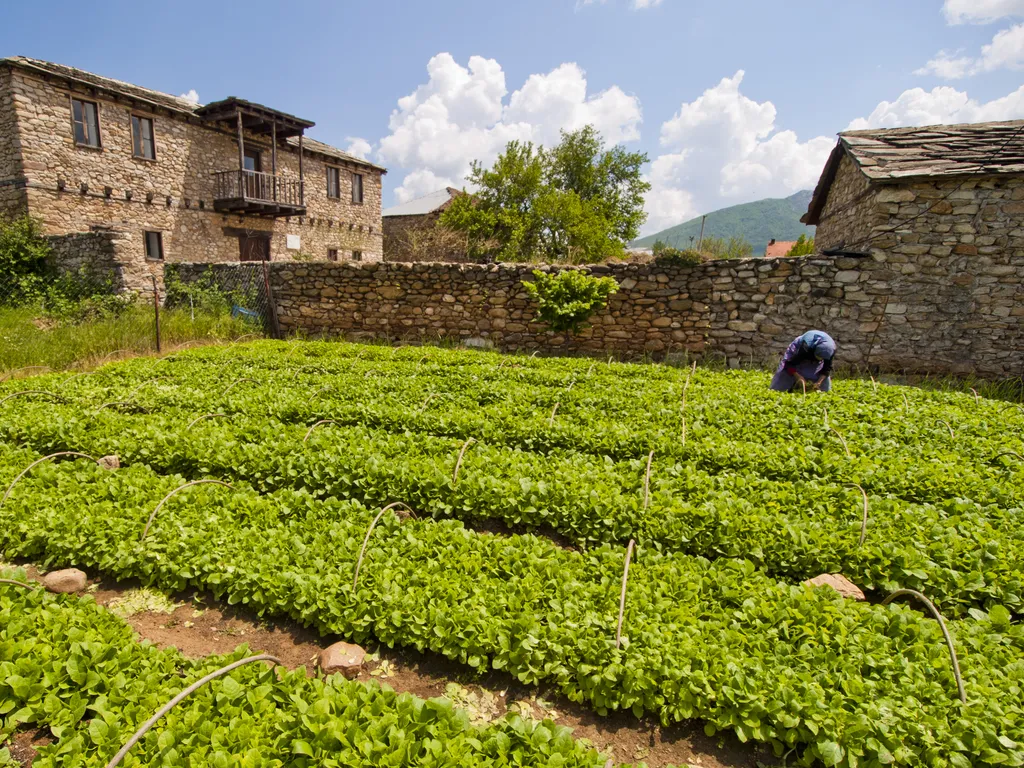In the heart of sustainable agriculture, a recent study has shed light on the intricate dance of macronutrients in oriental tobacco cultivation, offering insights that could reshape farming practices and boost crop productivity. The research, led by Biljana Jordanoska Shishkoska, delves into the availability and uptake of essential macronutrients in different oriental tobacco varieties, providing a roadmap for more efficient and environmentally friendly agricultural management.
The study, published in the *Journal of Agriculture and Plant Sciences* (translated from Macedonian), focused on four oriental tobacco varieties—P-23, P-79, Basma, and Elenski—grown under identical conditions on two distinct soil types: colluvial-delluvial in Prilep and fluvisol in Dobrushevo. The aim was to understand how soil properties influence the availability of primary macronutrients like nitrogen, phosphorus, and potassium, as well as secondary macronutrients such as calcium and magnesium.
“Understanding the availability of macronutrients is crucial for optimizing plant growth and ensuring sustainable agriculture,” said Jordanoska Shishkoska. “Our findings highlight the complex interplay between soil properties and nutrient availability, which can guide farmers in making informed decisions about fertilizer use and soil management.”
The research revealed that the availability and uptake of macronutrients are significantly influenced by various factors, including soil type and plant variety. By analyzing the relationships between soil properties and nutrient availability ratios, the study provides valuable insights for agricultural and environmental management. For instance, the availability ratios, presented as the ratio of available to total content, serve as a direct measure of the potential effectiveness of macronutrients in the soil.
These findings have profound implications for the agricultural sector, particularly for tobacco farmers seeking to enhance crop productivity and quality while minimizing environmental impact. “By understanding how different soil types and plant varieties interact with macronutrients, farmers can tailor their practices to achieve optimal growth conditions,” explained Jordanoska Shishkoska. “This not only improves yield but also promotes sustainable farming practices that protect our soil and environment.”
The study’s insights are particularly relevant for the energy sector, where tobacco is a key crop for bioenergy production. Efficient nutrient management can lead to higher-quality biomass, which in turn can enhance the efficiency and sustainability of bioenergy production. As the world shifts towards renewable energy sources, the demand for sustainable agricultural practices that support bioenergy crops is on the rise.
Looking ahead, this research paves the way for further studies on nutrient management in various crops and soil types. By continuing to explore the intricate relationships between soil properties and nutrient availability, scientists and farmers can work together to develop more sustainable and productive agricultural systems. “Our hope is that this research will inspire further investigation and collaboration, ultimately leading to more resilient and efficient farming practices,” said Jordanoska Shishkoska.
As the agricultural community grapples with the challenges of climate change and resource depletion, studies like this one offer a beacon of hope. By harnessing the power of science and technology, we can cultivate a future where agriculture is not only productive but also sustainable and environmentally friendly. The journey towards sustainable agriculture is ongoing, but with each new discovery, we take a step closer to a greener, more resilient world.

